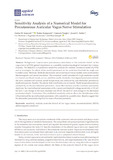Adobe PDF
(4.93 MB)
Document for validation / Dokument für die Validierung
Seiten Aufrufe
102
aufgerufen am 01.12.2023
Download(s)
3
aufgerufen am 01.12.2023


 CC BY 4.0
CC BY 4.0
